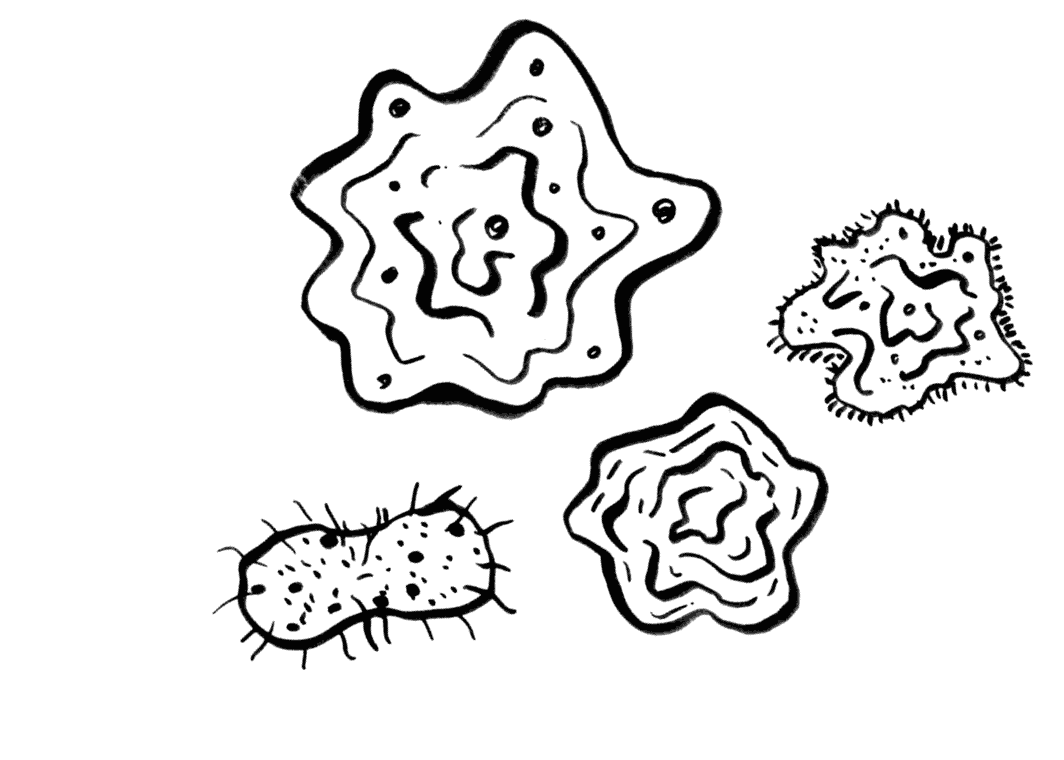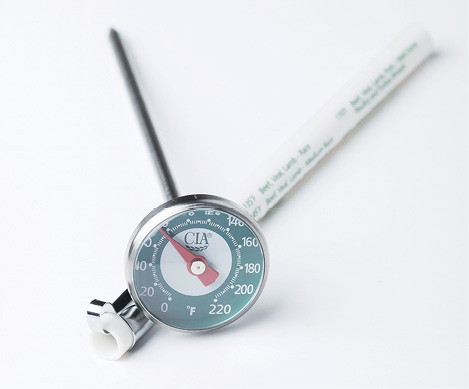Safety First
Working in the kitchen is fun, but it is not without hazards. You work with sharp objects and machines that can cause injury if you’re not careful. It is important to ask for help or guidance from an adult if you are using equipment you are not familiar with or anything that could potentially cause injury. Food itself can also be a hazard in the kitchen. It is important to work clean, keep hands washed, and handle and store food the right way.
Keeping Food Safe
Foods are handled many times in their journeys from farm to table. But when foods are exposed to contaminants along the way, they can cause people to get sick. Simple steps in the kitchen can reduce contamination and keep food safe.
Microorganisms are small living things that can be seen only through a microscope.
Some are good for us:
- Yeast for bread
- Mold for blue cheese
- Bacteria for yogurt
Some can be harmful, and these are called pathogens:
- Viruses, like the flu
- Bacteria, like salmonella
- Parasites, which live in the bodies of animals
- Fungi, such as molds that spoil food

Certain types of harmful microorganisms can make us sick. When cooking, it’s important to prevent harmful microorganisms from contaminating the food we eat. How we prepare and store foods can limit their exposure to pathogens in the first place, and we can also control conditions so that pathogens will not grow.
Four Ways to Keep Food Safe
1. Keep foods clean
The spread of pathogens between hands, countertops, food, cutting boards, and utensils is called cross-contamination and can be prevented by regularly cleaning all work surfaces, as well as by frequently washing your hands.
2. Separate raw foods from ready-to-eat
Foods that will not be cooked are considered “ready to eat” and should be kept separate from raw eggs, meat, poultry, and seafood to avoid cross-contamination. Some ready-to-eat foods include bread; raw vegetables and fresh fruits; cereal; chips, pretzels, and other snacks; and milk.
3. Cook foods thoroughly
All meats, poultry, and seafood should be cooked until they reach recommended safe minimum internal temperatures in order to kill any pathogens. Use a food thermometer to check the internal temperature (see chart, below). Foods cooked in a microwave can have cold spots and should be stirred or rotated to ensure even cooking.
4. Keep foods at a safe temperature
Cooked foods are safe when they are stored in a cold refrigerator or freezer, or when they are cooked and still hot, but they are in danger of spoiling when they are kept at room temperature, between 40 and 140°F, for more than 2 hours. (This is known as the temperature danger zone.)
- Keep all cold foods stored at 40°F or below. Your refrigerator is probably set to about 35°F, which is just about right, and the freezer temperature should be at 0°F.
- Don’t leave cooked foods sitting out at room temperature, or even in a warm oven, for extended periods of time while you wait to eat it.
If you’re not going to eat cooked foods immediately, place them in small containers and refrigerate, then reheat when ready to eat.
Safe Minimum Internal Cooking Temperatures |
|
|---|---|
Food |
Degrees Fahrenheit (°F) |
Ground beef or pork |
160 |
Fresh beef, veal, or lamb |
145 |
All poultry, including chicken and turkey |
165 |
Fresh pork and ham |
145 |
Precooked ham (to reheat) |
140 |
Fish |
145 or until fish is opaque and flakes |
Shellfish |
Cook until opaque and firm |
How to Use a Thermometer
Checking the temperature with a thermometer is an easy way to make sure your food is done cooking. Insert the thermometer into the center of the food, or for poultry, into the thickest part of the thigh, near the bone. Some thermometers are oven-safe, but many are not, so read the directions first. After using the thermometer, it is important to wash it to avoid possible cross-contamination the next time you use it.
